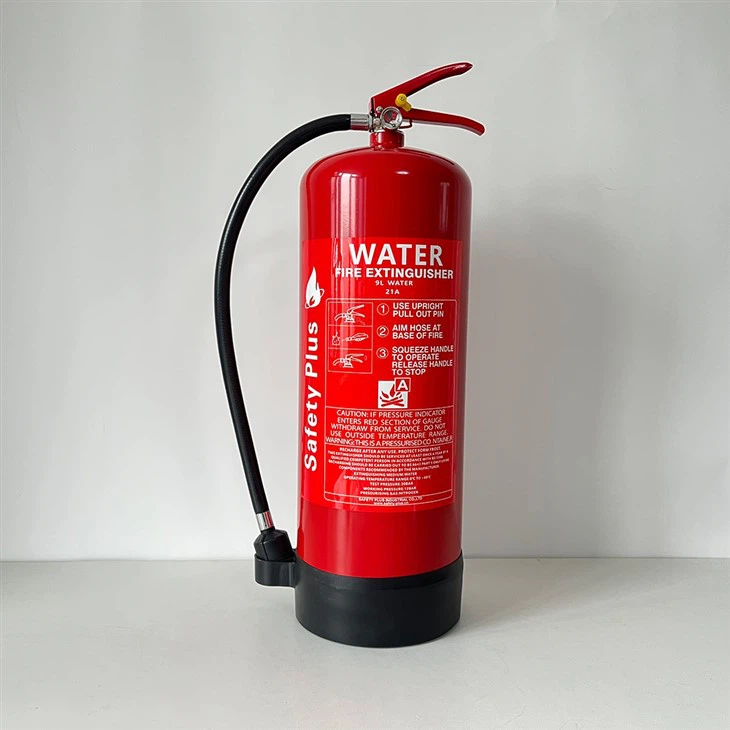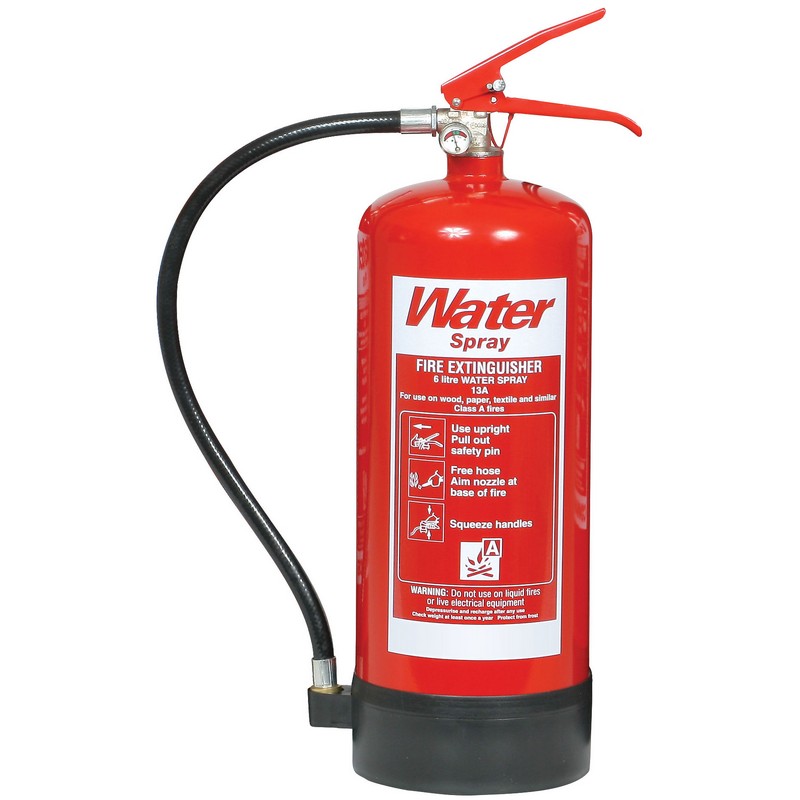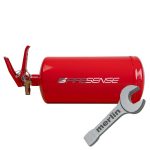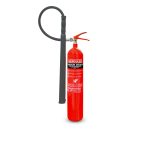I. Introduction
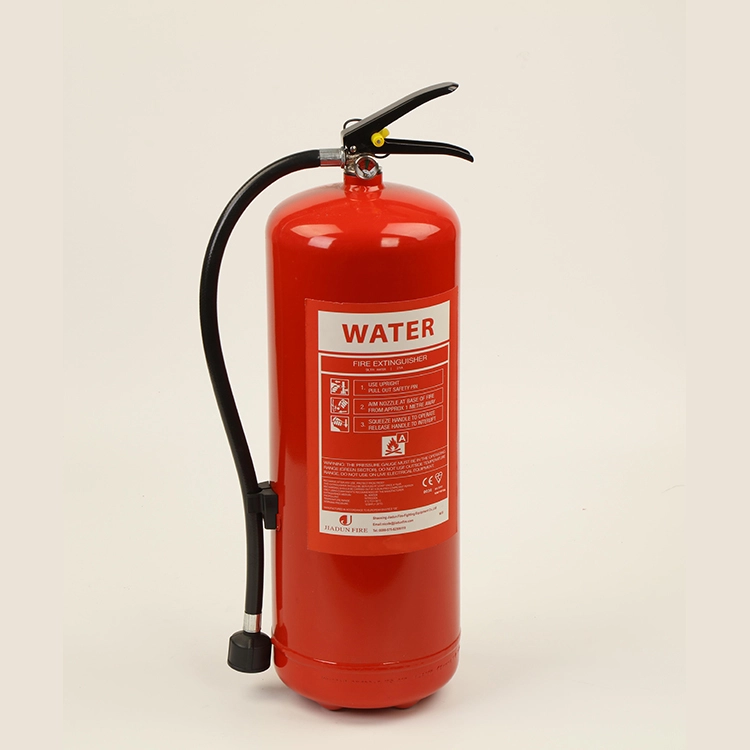
A. Importance of Fire Safety Equipment
Water fire extinguisher used for protecting lives and property from the devastating effects of fires. Whether in homes, workplaces, or public spaces, having the appropriate fire safety measures, including fire extinguishers, is essential for minimizing the risk of fire-related incidents.
B. Overview of Water Fire Extinguishers
Water fire extinguishers are one of the most common and widely used types of fire extinguishers. They are designed to combat Class A fires, which involve combustible materials such as wood, paper, cloth, and certain types of plastics. Understanding how water fire extinguishers work and their applications is important for effective fire safety preparedness.
II. How Water Fire Extinguishers Work
A. Understanding the Mechanism of Action
Water fire extinguisher works by removing heat from the fire triangle, which consists of fuel, heat, and oxygen. When water is sprayed onto a fire, it cools the burning material, reducing the temperature below the point of ignition and suppressing the flames. This is achieved through the process of heat absorption and cooling.
B. Identifying Suitable Fires for Water Extinguishers
Water fire extinguishers are suitable for Class A fires, which involve ordinary combustible materials. These fires commonly occur in various settings, including wood, textiles, paper products, and many common household items. It’s crucial to correctly identify the type of fire before attempting to use a water fire extinguisher.
C. Limitations and Precautions
While water fire extinguishers are effective for certain types of fires, they are not suitable for all fire classes. In fact, using water on flammable liquid fires (Class B) or electrical fires (Class C) can be extremely dangerous. Water conducts electricity and can lead to electric shock or spread a flammable liquid fire. Additionally, water must not be used on certain metal fires, such as magnesium, as it can exacerbate the reaction.
In addition, it’s important to consider the freezing and corrosion factor of water. Water fire extinguishers should be kept in environments where freezing is not a concern, and attention should be given to proper maintenance to prevent issues of corrosion, which can affect the longevity and reliability of the equipment.
III. Areas of Application
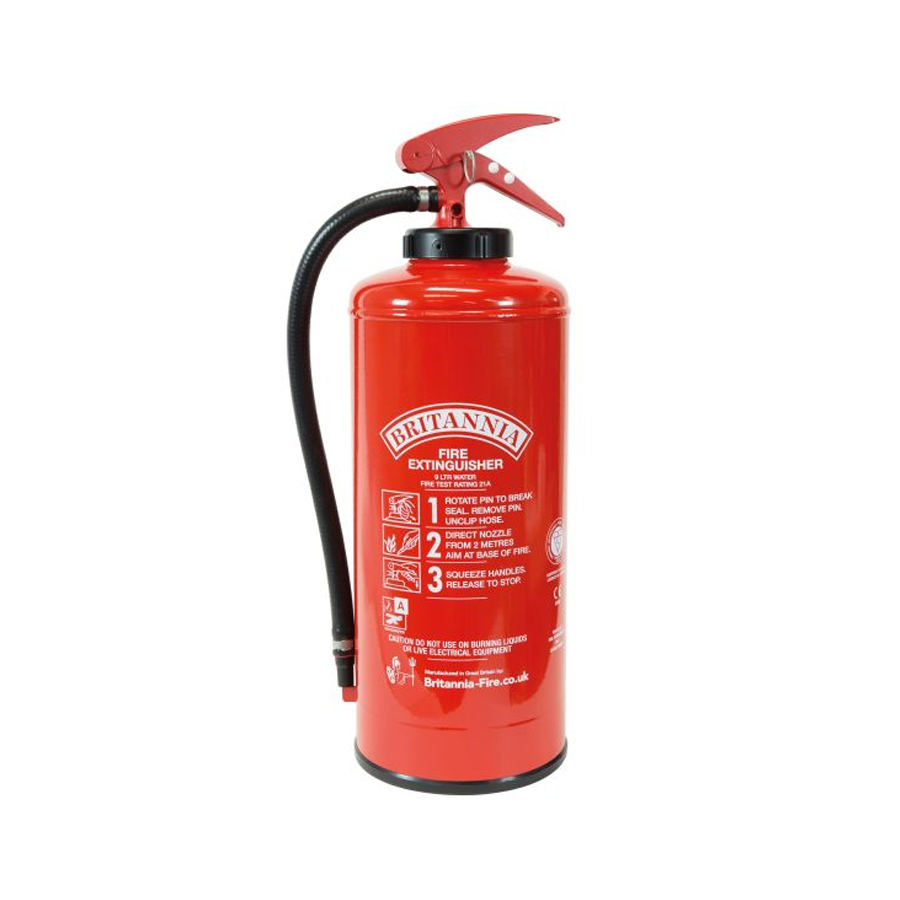
A. Suitable Environments for Water Fire Extinguishers
Water fire extinguishers are best suited for environments where the primary fire risk is from Class A fires. This could include places such as offices, schools, and residential buildings where common combustible materials are present. The presence of these materials makes water extinguishers an effective and reliable choice for fire protection.
B. Industrial and Commercial Use
In industrial and commercial settings, water fire extinguishers are often used in conjunction with other types of extinguishers to provide comprehensive fire protection. They are commonly found in areas where Class A fire hazards are prevalent, such as manufacturing facilities, warehouses, and construction sites.
C. Residential Use and Practical Considerations
In residential settings, water fire extinguisher is a practical choice for homeowners due to their affordability and ease of use. They are ideal for use in kitchens, living rooms, and bedrooms where flammable materials may be present. However, it is important to consider the potential damage that water can cause to electrical equipment and to ensure that the extinguisher is placed in a convenient and accessible location.
IV. Advantages and Disadvantages
A. Benefits of Using Water Fire Extinguishers
One of the main benefits of using water fire extinguishers is their effectiveness in extinguishing Class A fires. Water is a readily available and non-toxic agent, making it safe to use in most environments. Additionally, water fire extinguishers are easy to maintain and refill, making them a cost-effective choice for fire protection.
B. Limitations and Potential Risks
Despite their effectiveness, water fire extinguishers also have limitations and potential risks. One of the primary concerns is their inability to be used on fires involving flammable liquids or electrical equipment, as water can spread the fire or cause electrical shock. Additionally, water fire extinguishers are heavy and can be difficult to maneuver, making them less suitable for use in confined spaces or by individuals with limited strength.
C. Comparisons with Other Types of Fire Extinguishers
When compared to other types of fire extinguishers, water fire extinguishers have specific limitations that need to be taken into consideration. For example, they are not suitable for use on Class B (flammable liquids) or Class C (electrical) fires, unlike dry powder or foam extinguishers which can tackle multiple classes of fires. This makes it important to assess the specific fire hazards in a given environment and choose the appropriate type of fire extinguisher accordingly.
V. Proper Handling and Maintenance
A. Guidelines for handling and using water extinguishers
When it comes to handling and using water fire extinguishers, it is important to follow proper guidelines to ensure their effectiveness in the event of a fire. Users should be trained on how to properly handle and operate the extinguisher, including how to aim the nozzle, squeeze the handle, and sweep the extinguishing agent across the base of the fire.
In addition, it is crucial to maintain a safe distance from the fire and to approach it from an angle that will not spread the flames. Users should also be aware of the limitations of water fire extinguishers and understand when it is not safe or effective to use them, such as on electrical fires or flammable liquid fires.
B. Maintenance and inspection requirements
Regular maintenance and inspection of water fire extinguishers are essential to ensure their reliability in the event of a fire. This includes visually inspecting the extinguisher for any signs of damage, corrosion, or leakage. It is also important to ensure that the pressure gauge is within the proper range and that the nozzle and hose are free from obstruction.
Water fire extinguishers should be professionally serviced and pressure tested at regular intervals according to local regulations and standards. This will help to identify any potential issues and ensure that the extinguisher is ready for use when needed.
C. Training and education for users
Proper training and education for users are critical to ensure that water fire extinguishers are used effectively and safely. Training should include the basics of fire safety, the different classes of fires, and how to identify the appropriate type of extinguisher to use in a given situation. Users should also be trained on the specific handling and operation of water fire extinguishers, including practical hands-on exercises.
VI. Safety Considerations and Best Practices
A. Fire safety protocols
When using water fire extinguishers, it is important to follow established fire safety protocols to ensure the safety of individuals and property. This includes raising the alarm and alerting others to the fire, evacuating the area if the fire cannot be quickly and safely extinguished, and contacting emergency services.
It is crucial for individuals to understand the escape routes and evacuation procedures in their environment and to follow any established emergency protocols. Regular fire drills and training can help to reinforce these safety practices .
B. Best practices for using water fire extinguishers
In addition to following fire safety protocols, there are specific best practices for using water fire extinguishers. Users should approach the fire from a safe distance and aim the nozzle at the base of the flames, sweeping the extinguishing agent back and forth until the fire is completely out. It is important to remain vigilant and watch for any signs of re-ignition.
After using a water fire extinguisher, it is important to have the extinguisher refilled and recharged as soon as possible to ensure that it is ready for future use. Proper disposal of any used extinguisher components should also be carried out according to local regulations and guidelines.
C. Ensuring proper evacuation and emergency procedures
Ensuring proper evacuation and emergency procedures is crucial for overall fire safety. This includes having clear evacuation routes, adequate signage, and regular drills and training to prepare individuals for the event of a fire.
In addition, it is important to designate individuals to take on specific roles in the event of a fire, such as guiding people to safety, accounting for all individuals in the area, and assisting any individuals with special needs. By ensuring that everyone is familiar with the evacuation procedures and knows what to do in an emergency, the likelihood of injuries and property damage can be minimized.
In conclusion, water fire extinguishers are a valuable tool for combating Class A fires in a variety of environments. However, it is important to carefully consider their limitations and ensure that they are used in conjunction with other types of fire extinguishers to provide comprehensive fire protection. By understanding the areas of application,individuals can make informed decisions about the best fire safety measures.
